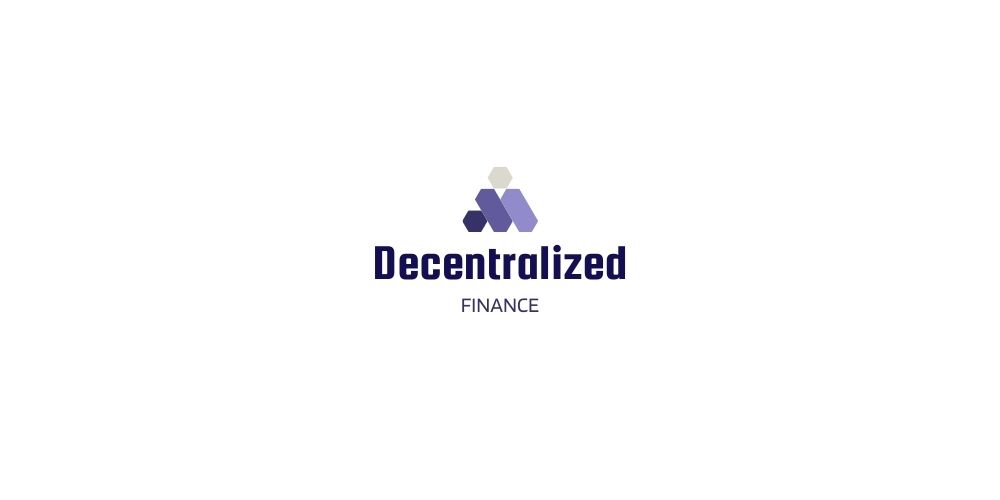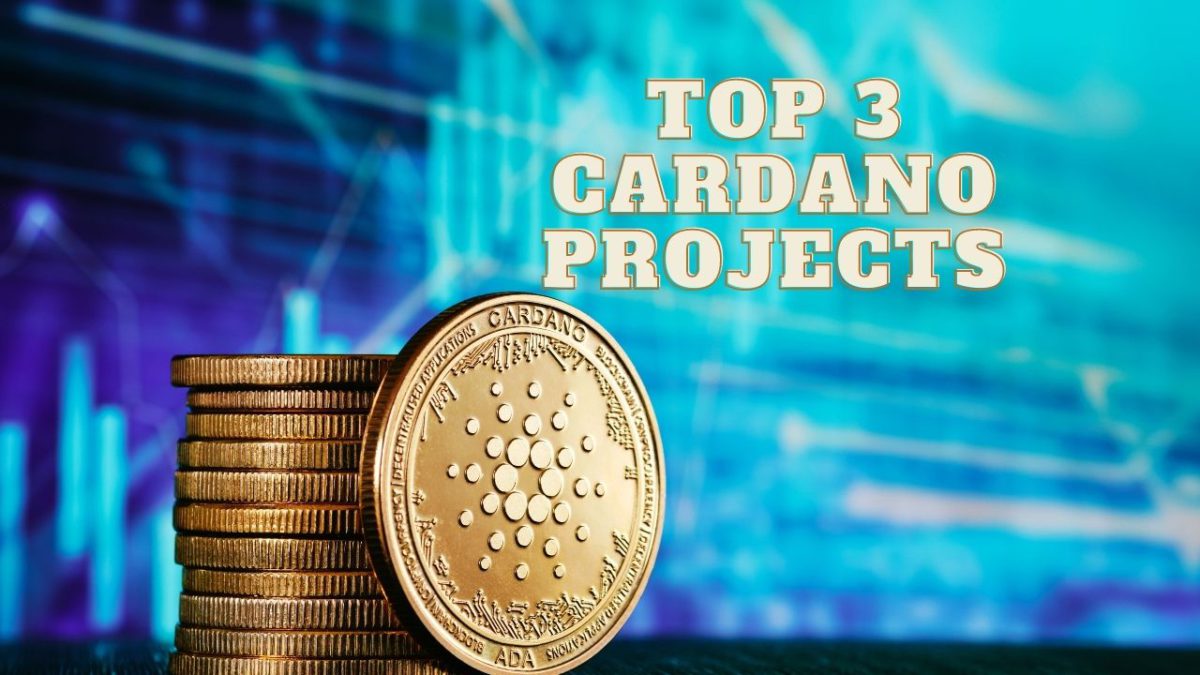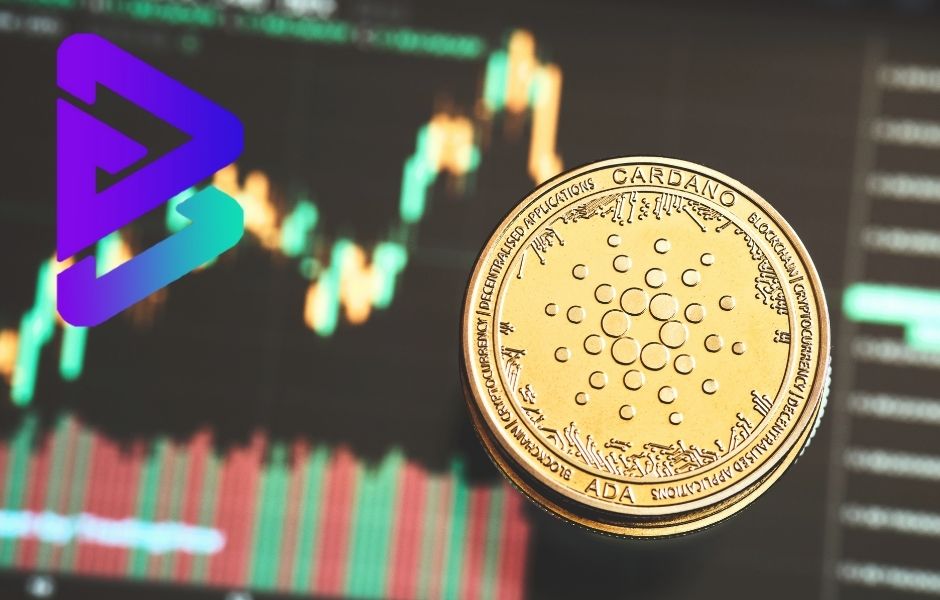Explaining DeFi In Simple Terms For The Laymen In Blockchain
We’d like to introduce the important terms and concepts that make decentralized finance feasible before downloading MetaMask and beginning your DeFi journey.
So, you’re a complete novice who has heard about DeFi and cryptocurrency. You’re eager to get started as well. You’ve come to the correct location! This post is part of a series that will introduce you to decentralized finance in an easy-to-understand manner.
We’d like to introduce the important terms and concepts that make decentralized finance feasible before downloading MetaMask and beginning your DeFi journey. Saving, lending, sending money, trading, investing, and other financial operations can all be done on an open, programmable blockchain.
“Why should I be interested in or utilize DeFi?”
DeFi is a permissionless access option to your financial system that works anywhere there is an internet connection.
For the first time, you don’t need to be questioned by a stodgy banker for a loan or give an exchange of substantial quantities of personal information to trade. Anyone with sufficient capacity to send transactions on the network can acquire access.
What is the definition of finance?
Finance can be thought of as a societal tool for managing resources, risk, and rewards over time and geography. Saving, borrowing, lending, investing, budgeting, and forecasting are all examples of financial management. Financial services now account for roughly 20% of global GDP.
What exactly is DeFi?
Decentralized finance, or DeFi, is a word used to describe applications that employ “blockchains,” a type of software that may be used for everything from simple value transfers to more complex financial activity. Ethereum is where the majority of DeFi activity takes place. Anyone can use these decentralized applications (Dapps) and protocols (instructions for computer-to-computer communications) and construct services on top of them without requiring authorization. DeFi brings new skills and answers to the same timeless economic needs: Paid, Saved, Traded, and Invested.
Ethereum can transform any financial action into a “financial vending machine” by automating it.
You might think of the blockchain-based DeFi software as a financial transaction vending machine. A coin is inserted, and a financial transaction takes place.
A blockchain is a distributed database made up of immutable, digitally recorded data in the form of blocks. Each block is ‘chained’ to the next block using a cryptographic signature, and nodes safeguard the network all around the world. When new transactions are validated, the blockchain database is immediately updated, and each computer in the network comes to an agreement on the correct transaction history.
Consider blockchains to be a cooperation tool for determining who owns what. A group of computers copies and cross-verifies transactions.
Why would anyone want to use these machines? A reward is given to computers that are chosen by the consensus procedure. This reward is a monetary incentive that encourages all operators to keep the network secure. The currency is created as a result of the process of extending the Blockchain. Users pay a fee to access the network, which goes towards compensating the computers that keep it secure.
People can use blockchain networks to mimic scarcity with computers and have them all agree without relying on a mediator. Ethereum is the most widely used Blockchain in the world, and it serves as the foundation for other applications such as DeFi.
The ability to develop open-source, permissionless and decentralized systems is at the heart of DeFi. Because the code is open-source, anyone anywhere can inspect it to ensure its security. It also implies that people can easily share their expertise and develop new products and ideas.
Open source contributes to the advancement of our technical infrastructure in the same way that peer review and open access contribute to the advancement of science. The existence of programmable blockchains like Ethereum enables DeFi.
Think of DeFi as a way to enter into relationships of owing or owning something. They are open to the public. A group of computers copies and cross-verifies transactions.
What makes Ethereum a programmable blockchain is the ability to store and run programs within it. Smart contracts are the name for these programs. Smart contracts are where the business logic of DeFi applications lives. Since anyone can call and interact with them, these financial applications are permissionless. Furthermore, all smart contracts live on the same system, allowing the sharing of data to be frictionless.
Why would you want to utilize DeFi apps?
By cutting out the intermediaries, you can get equivalent products at reduced prices if you already have banking services. You can identify initiatives with extraordinary rates of return, akin to early-stage businesses if you do your homework.
If you’re a finance firm, you can build products using an interoperable, composable, permissionless software stack that provides a wider choice of options. The financial back-office market is worth $250 billion and is ripe for disruption.
#Scallop is the world’s first #DeFi fintech company
Acting as a bridge between the DeFi world, Scallop lets users manage both their crypto & #fiat finances from a single app & offers the benefits of the burgeoning #blockchain world as well as the security of traditional #finance pic.twitter.com/Ukq4ovI9Tb
— Promzy_Elisha (@SplendolinT) June 14, 2022
Suppose you don’t have access to financial services. 1.7 billion people around the world do not have access to basic banking services. Millions more are unable to obtain sophisticated financial services, stifling economic growth. In that case, you now have a viable option for your local institutions, which may or may not be trustworthy, offer low-cost services, or exclude you for a variety of reasons.
Also, read – What DeFi Is Doing to Your Money is similar to Postal Service as a Result of Email
Due to its programmable character, DeFi enhances present financial activities by extending their capacities. It enhances:
Transferring funds: transactions are completed within 15 seconds.
Low transfer fees: Sending $1 or $1 billion costs the same.
Borrowing: DeFi allows everyone, regardless of their background, to borrow money as long as they match certain criteria.
Lending: DeFi apps normally provide better rates of returns and streaming payments.
Decentralized exchanges: 24/7 access to trading markets with adequate competition to keep fees low. These entities allow for the easy listing of any asset represented by cryptocurrency tokens since both reside on the same system.
Trustless escrow: DeFi dramatically decreases counterparty risk by leveraging programmable, immutable, and verifiable code to retain assets and only disperse under the agreed-upon conditions. Trustless peer-to-peer exchanges are quick and easy without relying on a third-party entity.
Fractional ownership of any asset: DeFi allows users to hold a fractional portion of any digital asset represented by a token.
Derivatives: DeFi platforms enable anyone to create synthetic exposure to any asset class. People outside of US markets can acquire exposure to US equities at a reduced cost and more straightforwardly, thanks to its widespread distribution.
Stablecoins: Digital currencies tied to a currency like the US Dollar allow users to hedge against their local currency’s devaluation and maintain their wealth.
Governance: Transparent, decentralized organizations allow consumers to control their money directly, removing the moral hazard of management receiving excessive fees from a failing investment vehicle.
Markets: The construction of a 24/7 community-owned and governed.
Unlocking illiquid investments: DeFi gives the opportunity for illiquid investments like Real Estate to be tokenized and listed on exchange platforms.
Stay informed with daily updates from Blockchain Magazine on Google News. Click here to follow us and mark as favorite: [Blockchain Magazine on Google News].
Get Blockchain Insights In Inbox
Stay ahead of the curve with expert analysis and market updates.
latest from tech
Disclaimer: Any post shared by a third-party agency are sponsored and Blockchain Magazine has no views on any such posts. The views and opinions expressed in this post are those of the clients and do not necessarily reflect the official policy or position of Blockchain Magazine. The information provided in this post is for informational purposes only and should not be considered as financial, investment, or professional advice. Blockchain Magazine does not endorse or promote any specific products, services, or companies mentioned in this posts. Readers are encouraged to conduct their own research and consult with a qualified professional before making any financial decisions. The featured image used is just a creative depiction of the title and it does not intend to hurt sentiments of any person or institution. If it hurts anyone sentiments, please do not hesitate to reach out to Blockchain Magazine.

 Bitcoin
Bitcoin  Ethereum
Ethereum  XRP
XRP  Tether
Tether  Solana
Solana  USDC
USDC  Dogecoin
Dogecoin  Cardano
Cardano  Lido Staked Ether
Lido Staked Ether  TRON
TRON  Chainlink
Chainlink  Wrapped Bitcoin
Wrapped Bitcoin  Sui
Sui  Wrapped stETH
Wrapped stETH  Avalanche
Avalanche  Stellar
Stellar  Hedera
Hedera  Toncoin
Toncoin  Shiba Inu
Shiba Inu  LEO Token
LEO Token  Hyperliquid
Hyperliquid  Bitget Token
Bitget Token  Litecoin
Litecoin  WETH
WETH  USDS
USDS  Polkadot
Polkadot  Bitcoin Cash
Bitcoin Cash  Ethena USDe
Ethena USDe  MANTRA
MANTRA  Wrapped eETH
Wrapped eETH  Uniswap
Uniswap  Ondo
Ondo  Pepe
Pepe  Monero
Monero  Aave
Aave  WhiteBIT Coin
WhiteBIT Coin  NEAR Protocol
NEAR Protocol  Mantle
Mantle  Official Trump
Official Trump  Aptos
Aptos  Dai
Dai  Internet Computer
Internet Computer  Ethereum Classic
Ethereum Classic  Bittensor
Bittensor  Cronos
Cronos  OKB
OKB  POL (ex-MATIC)
POL (ex-MATIC)  Gate
Gate 




